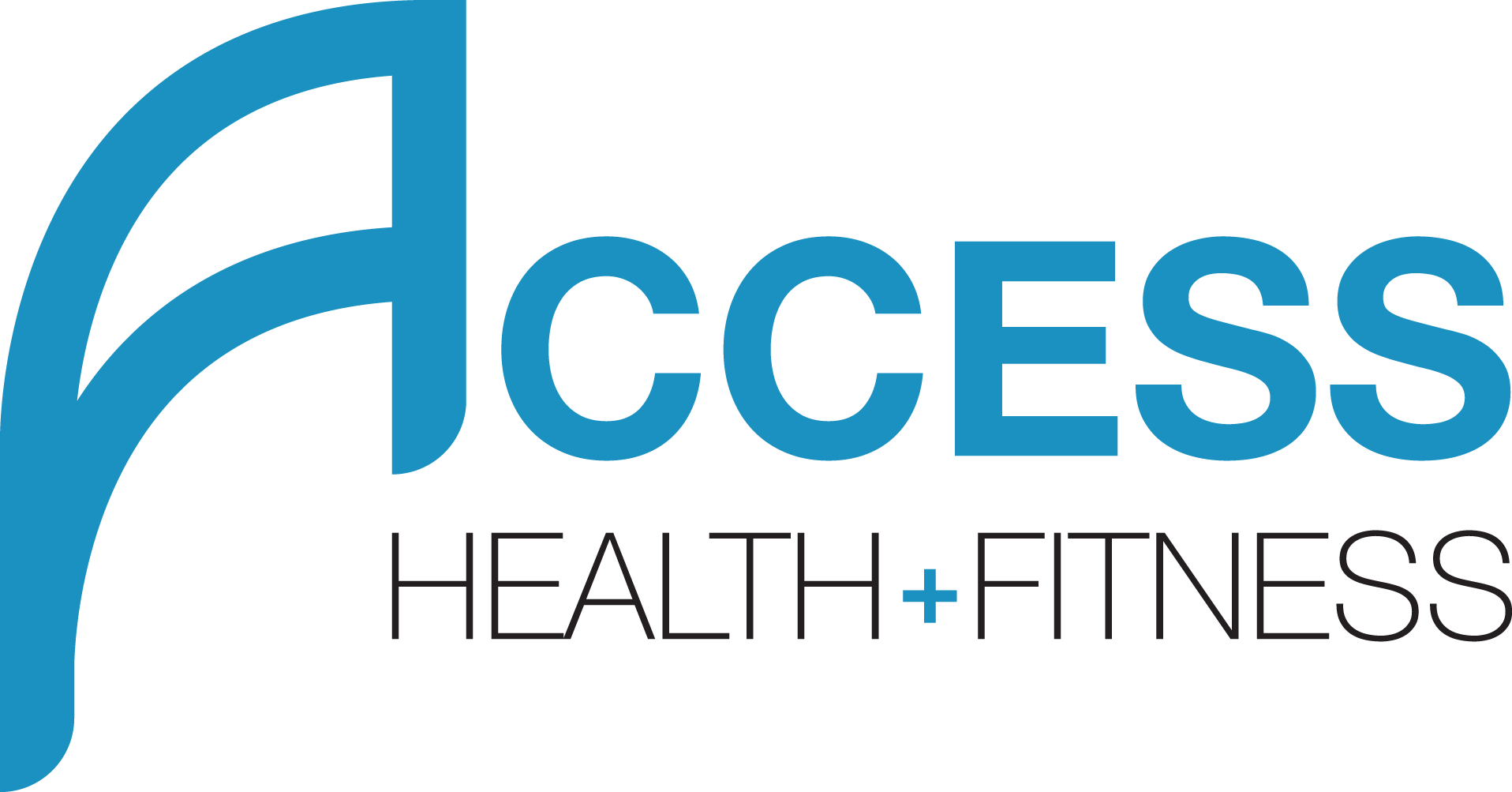Eight Ingredients You Don't Want to See on Your Food Labels
Sometimes I do be sitting around and I'd get an idea to write about something, so with modern technology and the 5 Apple products in my house I can just start writing into any one of them and it's instantly transferred to my laptop.
So at the moment I've tonnes of half written or half researched blogs on my hard drive. I'm going to do a clear out now but here's one I came across on food additives. I'd wrote it back when I'd wrote a series of blogs on stressors in the body. Click any of the following to read them.
Gluten, Fluoride, Sweeteners, Alkaline Diet
1. BHA
This preservative is used to prevent rancidity in foods that contain oils. Unfortunately, BHA (butylated hydroxyanisole) has been shown to cause cancer in rats, mice, and hamsters. The reason the FDA hasn’t banned it is largely technical—the cancers all occurred in the rodents’ forestomachs, an organ that humans don’t have. Nevertheless, the study, published in the Japanese Journal of Cancer Research, concluded that BHA was “reasonably anticipated to be a carcinogen,”.
2. Parabens
These synthetic preservatives are used to inhibit mold and yeast in food. The problem is parabens may also disrupt your body’s hormonal balance. A study in Food Chemical Toxicology found that daily ingestion decreased sperm and testosterone production in rats, and parabens have been found present in breast cancer tissues.
3. Partially Hydrogenated Oil
Luckily trams fats are on their way out and it's more in the States but just in case. Don’t confuse “0 g trans fat” with being trans fat-free. The FDA allows products to claim zero grams of trans fat as long as they have less than half a gram per serving. That means they can have 0.49 grams per serving and still be labeled a no-trans-fat food. Considering that two grams is the absolute most you ought to consume in a day, those fractions can quickly add up. The telltale sign that your snack is soiled with the stuff? Look for partially hydrogenated oil on the ingredient statement. If it’s anywhere on there, then you’re ingesting trans fat.
4. Sodium Nitrite
Nitrites and nitrates are used to inhibit botulism-causing bacteria and to maintain processed meats’ pink hues, which is why the FDA allows their use. Unfortunately, once ingested, nitrite can fuse with amino acids (of which meat is a prime source) to form nitrosamines, powerful carcinogenic compounds. Ascorbic and erythorbic acids—essentially vitamin C—have been shown to decrease the risk, and most manufacturers now add one or both to their products, which has helped. Still, the best way to reduce risk is to limit your intake.
5. Caramel Coloring
This additive wouldn’t be dangerous if you made it the old-fashioned way—with water and sugar, on top of a stove. But the food industry follows a different recipe: They treat sugar with ammonia, which can produce some nasty carcinogens. How carcinogenic are these compounds? A Center for Science in the Public Interest report asserted that the high levels of caramel color found in soda account for roughly 15,000 cancers in the U.S. annually. Another good reason to scrap soft drinks? They’re among The 20 Worst Drinks in America.
6. Castoreum
Castoreum is one of the many “natural ingredients” used to flavor food. Though it isn’t harmful, it is unsettling. Castoreum is a substance made from beavers’ castor sacs, or anal scent glands. These glands produce potent secretions that help the animals mark their territory in the wild. In the food industry, however, 1,000 pounds of the unsavory ingredient are used annually to imbue foods—usually vanilla or raspberry flavored—with a distinctive, musky flavor.
7. Food Dyes
Plenty of fruit-flavoured sweets and sugary cereals don’t contain a single gram of produce, but instead rely on artificial dyes and flavorings to suggest a relationship with nature. Not only do these dyes allow manufacturers to mask the drab colors of heavily processed foods, but certain hues have been linked to more serious ailments. A Journal of Pediatrics study linked Yellow 5 to hyperactivity in children, Canadian researchers found Yellow 6 and Red 40 to be contaminated with known carcinogens, and Red 3 is known to cause tumors. The bottom line? Avoid artificial dyes as much as possible.
8. Hydrolyzed Vegetable Protein
Hydrolyzed vegetable protein, used as a flavor enhancer, is plant protein that has been chemically broken down into amino acids. One of these acids, glutamic acid, can release free glutamate. When this glutamate joins with free sodium in your body, they form monosodium glutamate (MSG), an additive known to cause adverse reactions—headaches, nausea, and weakness, among others—in sensitive individuals. When MSG is added to products directly, the FDA requires manufacturers to disclose its inclusion on the ingredient statement. But when it occurs as a byproduct of hydrolyzed protein, the FDA allows it to go unrecognised.
Until next week,
Real food doesn't have ingredients,
Love and Happiness,
John T.
